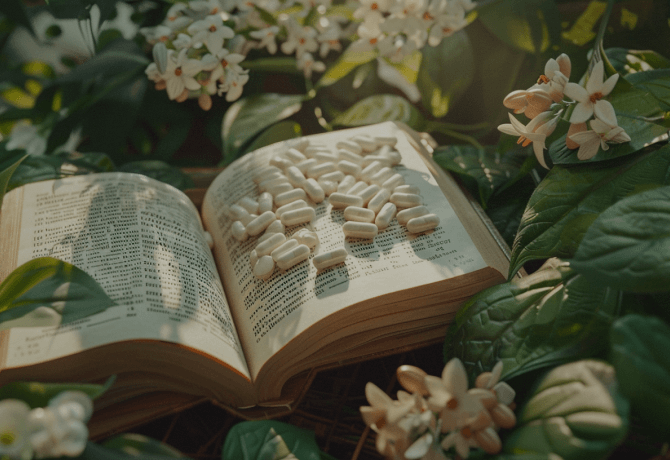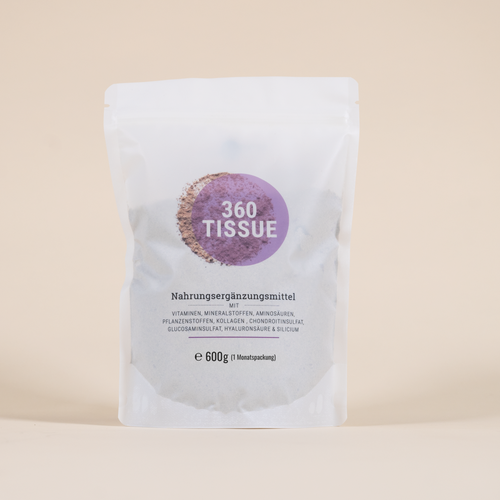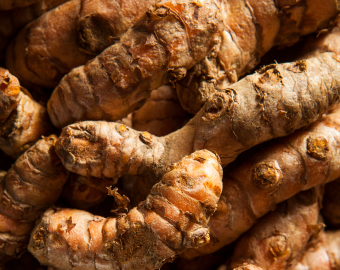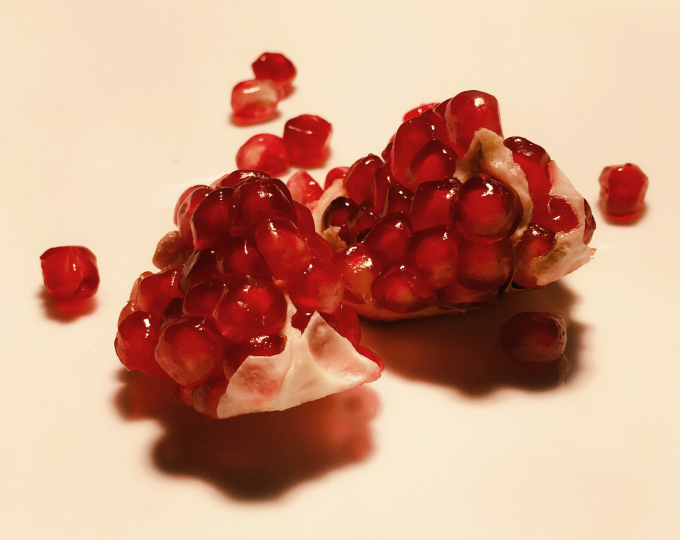Themen dieses Blogartikels:
What are OPC?
Oligomeric proanthocyanidins, or OPC for short, belong to the large group of secondary plant substances. Within the secondary plant substances, they are counted among the polyphenols, more precisely among the flavonoids. Polyphenols such as OPC occur naturally in plants and are found in the outer layers of fruit, vegetables, nuts and grains.¹ The OPC contained in food supplements are mainly obtained from grape seeds, which is why this substance is also known as grape seed extract.²
What functions does OPC have?
Secondary plant substances are not necessary for the plant to survive, but they are beneficial - for example, because they protect the plant from predators or UV radiation.³ OPCs act as so-called antioxidants that can capture free radicals. Humans may also benefit from the intake of these polyphenols. There is debate as to whether OPCs can also protect humans from the cell-damaging effects of sunlight and thus slow down the skin aging process.⁴ Possible other positive effects could affect wound healing as well as vascular, intestinal and heart health.⁵ However, this is not yet fully understood.
What makes OPC unique?
So far, there are hardly any meaningful studies on the effectiveness of OPC. Most of the tests were carried out on animals or cell cultures, which is why the transferability of the results to humans is controversial. However, there is reason to believe that OPC are particularly powerful antioxidants: their potential to capture free radicals clearly exceeds other antioxidants such as vitamin C and vitamin E.⁶
How much OPC do you need per day?
According to the German Nutrition Society (DGE), secondary plant substances such as OPC are not essential nutrients. This means that although they are not vital for the human body, they can still have a positive effect on certain metabolic processes. However, as the data on this is still quite thin, there is currently no official intake recommendation for secondary plant substances. However, the DGE assumes that we absorb 50 to 100 mg of flavonoids per day through food through a mixed diet - this includes OPC. Good to know: The values are often significantly higher for vegetarians.⁷
When do you especially need OPC?
OPCs could prove particularly helpful in cases of oxidative stress and problems with the blood vessels. According to a study, grape seed extract can lower blood pressure and thus help prevent cardiovascular diseases.⁸
What should you pay attention to when taking OPC?
It is not yet known exactly how OPC and other polyphenols work when they are taken in via dietary supplements rather than food. In particular, it is unclear to what extent higher doses taken over a longer period of time can be harmful to health. When taking dietary supplements, always follow the recommended dosage on the packaging - then you'll be on the safe side. Please also remember that interactions with certain medications can occur.⁹ Seek medical advice if you are unsure about taking OPC.
Which foods contain particularly high levels of OPC?
OPCs are mainly found in certain seeds and shells. OPCs are often extracted from grape seeds. They can also be found in coconuts, apples, blueberries, cranberries and red wine. They were originally discovered in the skins of peanuts.
This encyclopedia entry is based on carefully researched sources:
Bibliography & Sources
- gesundheit.gv.at/lexikon/P/lexikon-polyphenole.html
- klartext-nahrungsergaenzung.de/wissen/lebensmittel/nahrungsergaenzungsmittel/fuer-immer-jung-mit-resveratrol-oder-opc-13389
- utopia.de/ratgeber/opc-traubenkernextrakt-wirkungen-und-nebenwirkungen_115853/
- fitbook.de/ernaehrung/wirkung-opc-nahrungsergaenzungsmittel
- sueddeutsche.de/supplements/opc/opc-wirkung
- sueddeutsche.de/supplements/opc/opc-wirkung
- dge.de/wissenschaft/fachinformationen/sekundaere-pflanzenstoffe-und-die-gesundheit/
- ncbi.nlm.nih.gov/pmc/articles/PMC6950399/
- klartext-nahrungsergaenzung.de/wissen/lebensmittel/nahrungsergaenzungsmittel/fuer-immer-jung-mit-resveratrol-oder-opc-13389

















